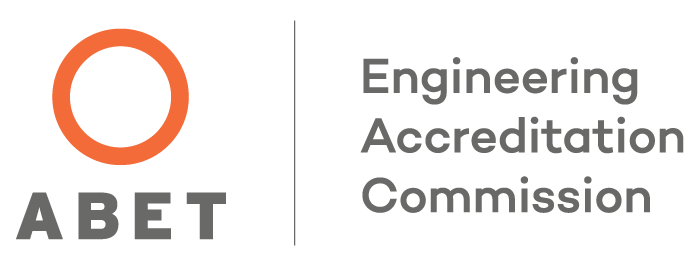Design, Build, Fly team places 4th at international AIAA competition

Virginia Tech’s Design, Build, Fly team recently finished in fourth place at the 27th annual AIAA/Raytheon Technologies Design, Build, Fly (DBF) Competition. This marks the Virginia Tech team's best showing at the international event since 2018, moving up a place from their fifth place finish in 2022.
The 2023 contest, held April 13-16 in Tucson Arizona, attracted more than 868 university students on 81 teams attending onsite who spent the weekend testing their radio-controlled aircraft.
At the annual competition, student teams design, fabricate, and demonstrate the flight capabilities of unmanned, electric-powered, radio-controlled aircraft to meet specified mission requirements. For 2023, teams were required to develop an aircraft to execute electronic warfare missions, including staging of the aircraft, surveillance, and jamming. The goal is a balanced design possessing good demonstrated flight handling qualities and practical and affordable manufacturing requirements while providing a high vehicle performance.
Virginia Tech’s aircraft, the Spirit of Blacksburg, completed all three flight missions and the ground mission to achieve a top five placement. The Spirit of Blacksburg flew with a three-foot section of PVC tubing attached at the wingtip, carrying a four-pound electronic payload to simulate the competition’s electronic warfare flight missions. The aircraft, with an empty weight of only five lbs., sustained 140 lbs. of static loading during the ground mission – demonstrating that the Spirit of Blacksburg proved capable of withstanding upward of approximately 70 g of aerodynamic loading during flight.
The Virginia Tech team is comprised of 50 undergraduate students from the Kevin T. Crofton Department of Aerospace and Ocean Engineering and from majors across the College of Engineering. In their lab space located in the Joseph F. Ware Jr. lab, the team designed and fabricated their plane and then conducted dozens of test flights on the asphalt airstrip located at the Kentland Experimental Aerial Systems laboratory.
Throughout the year, the group held design reviews with their faculty advisor, Rakesh Kapania, Outside of the aerospace and ocean engineering department, the team also relied on design reviews and feedback from industry mentors at Lockheed Martin.
Written reports were submitted to the AIAA and scored in February, impacting the order of flights at the competition. In April, eighteen team members traveled to Tucson for the competition, which consisted of one ground mission and three flight missions, each requiring a 25 foot takeoff.
Virginia Tech placed 4th overall and 2nd nationally – elevating the team’s rank as tied for the 4th best performing team in the history of the AIAA Design/Build/Fly competition.






